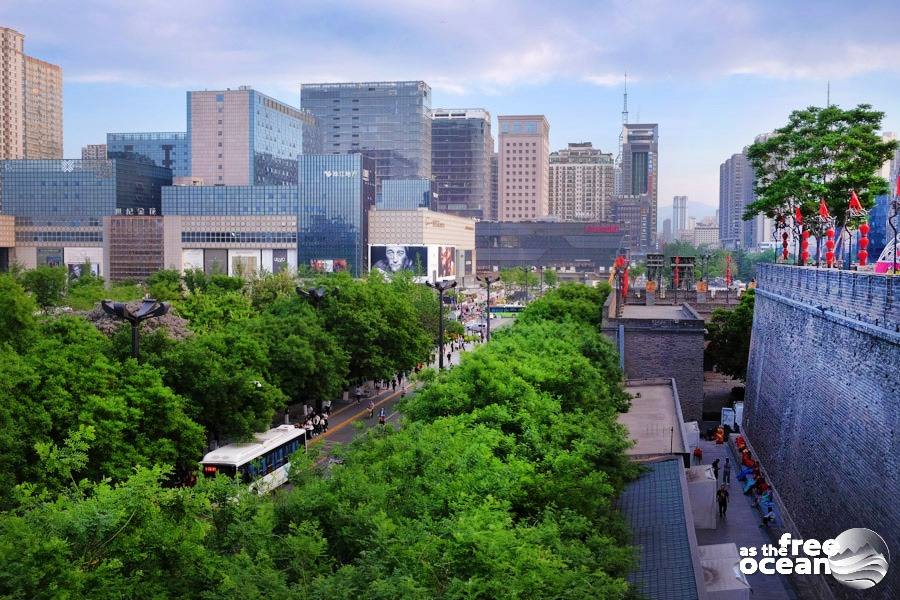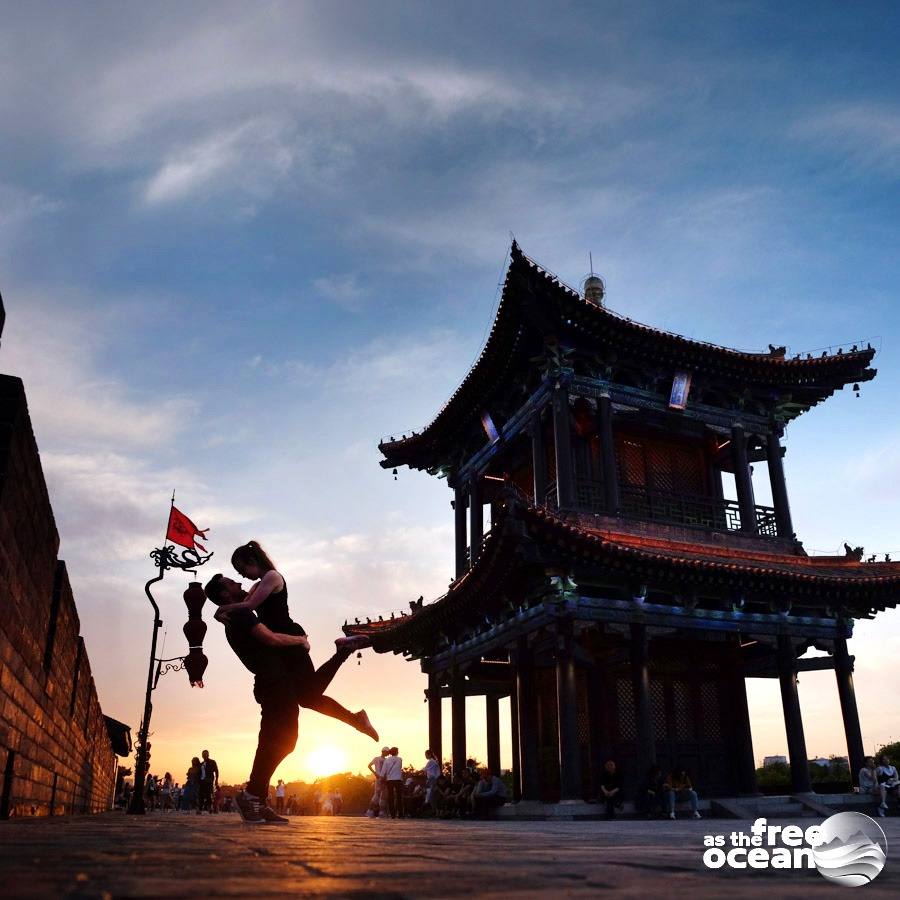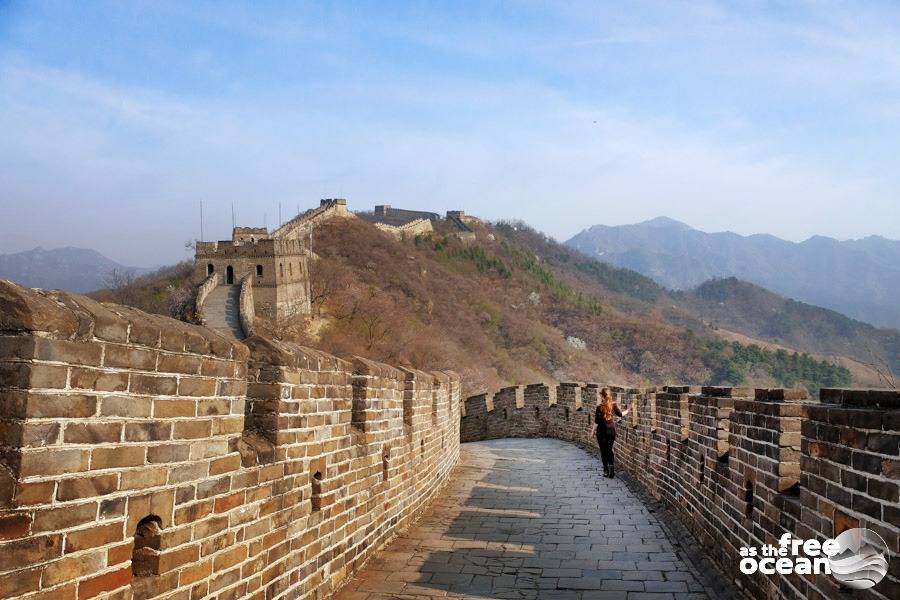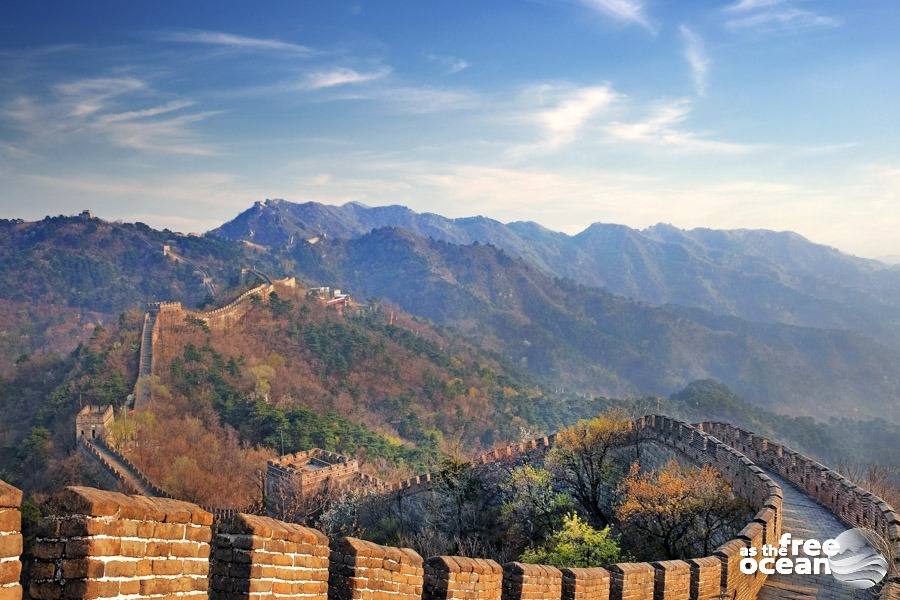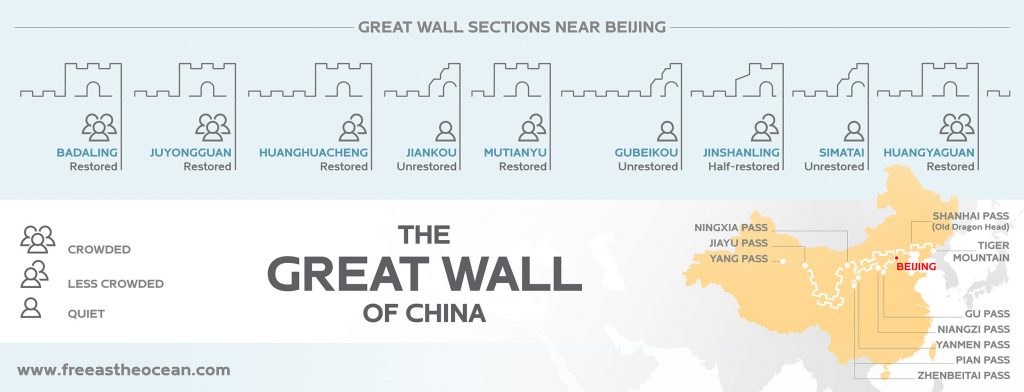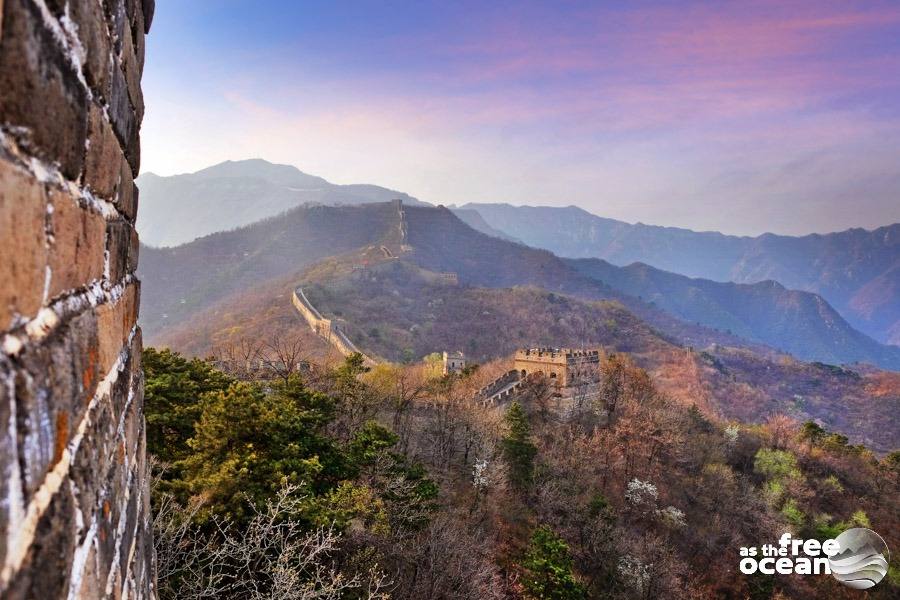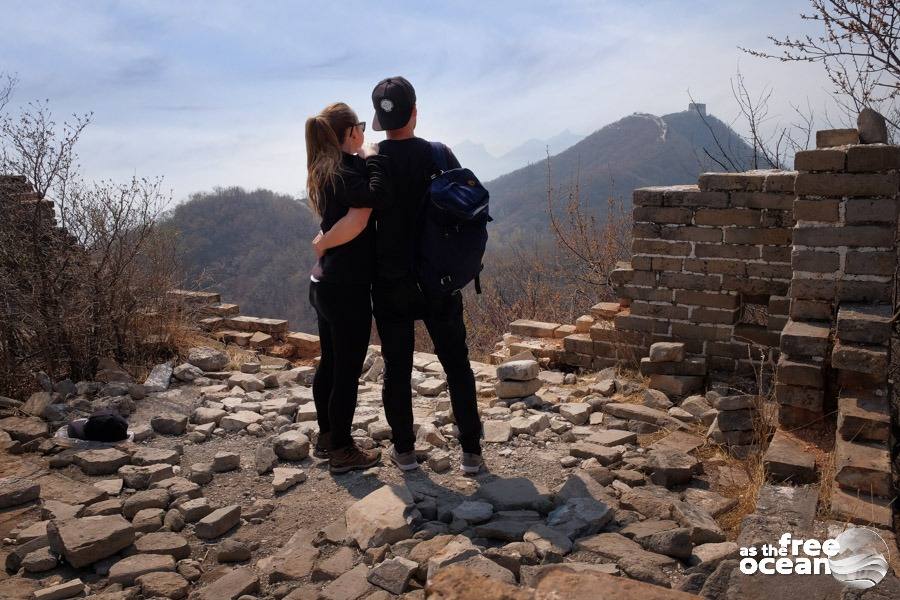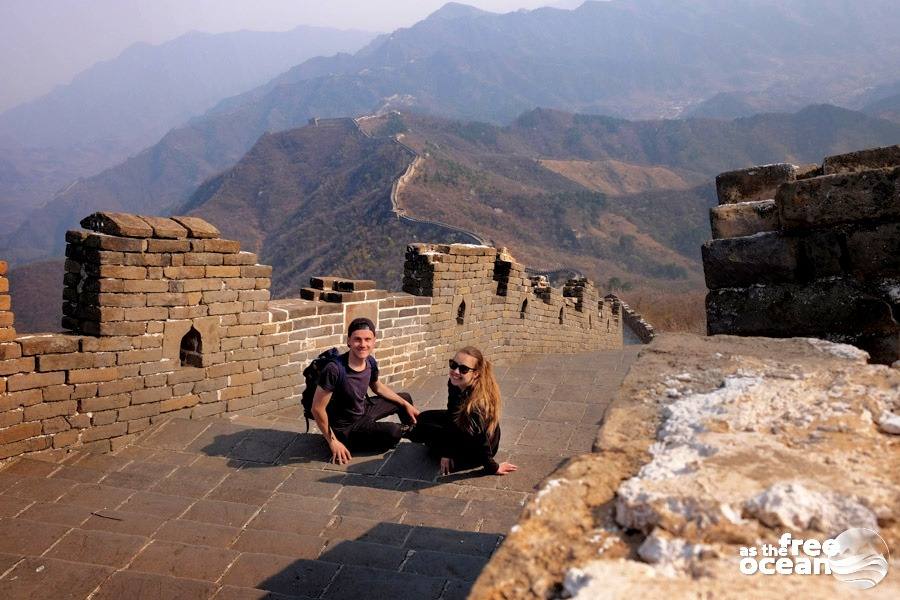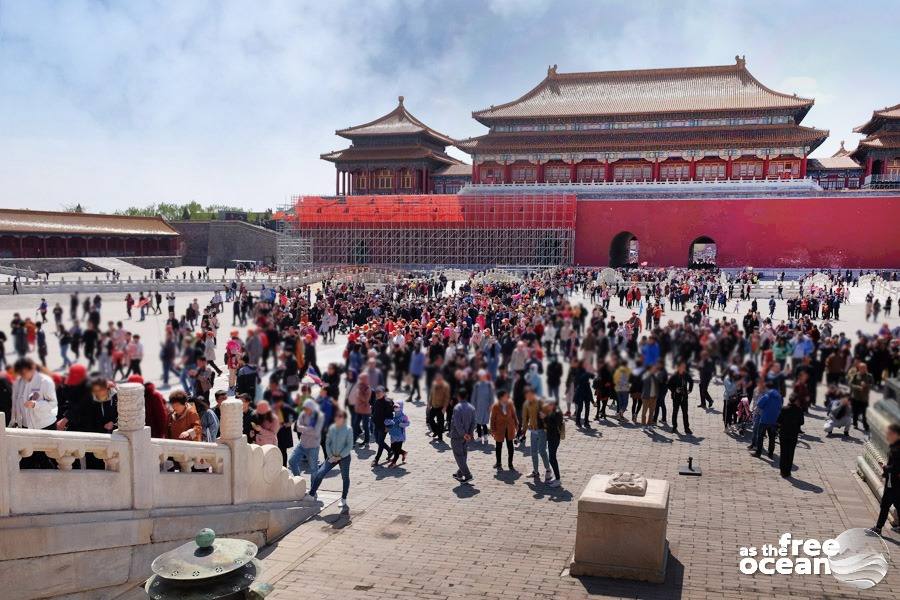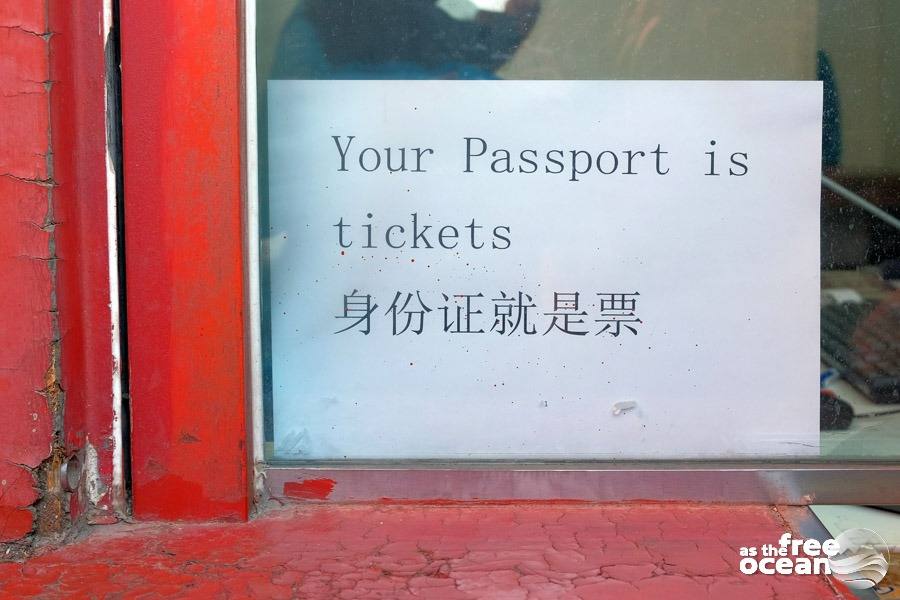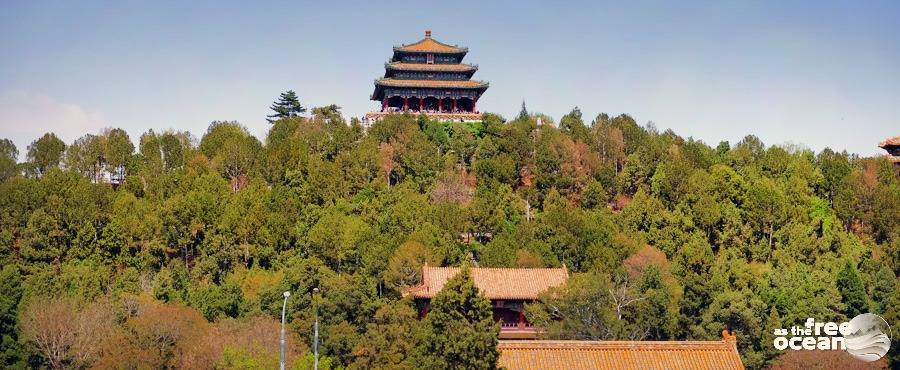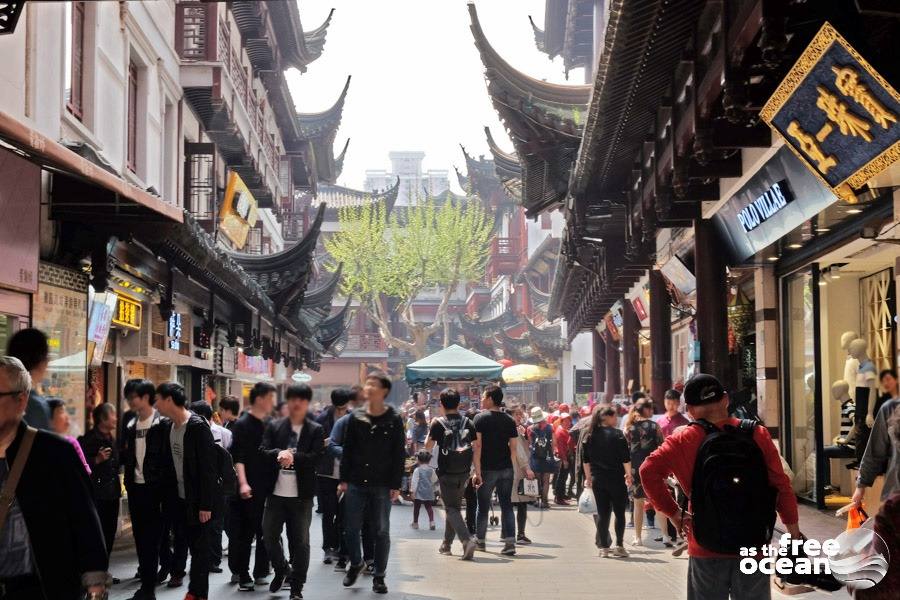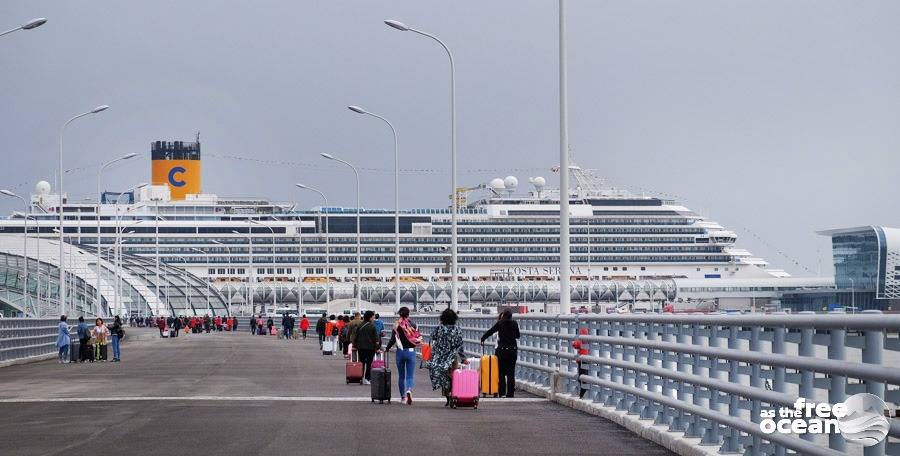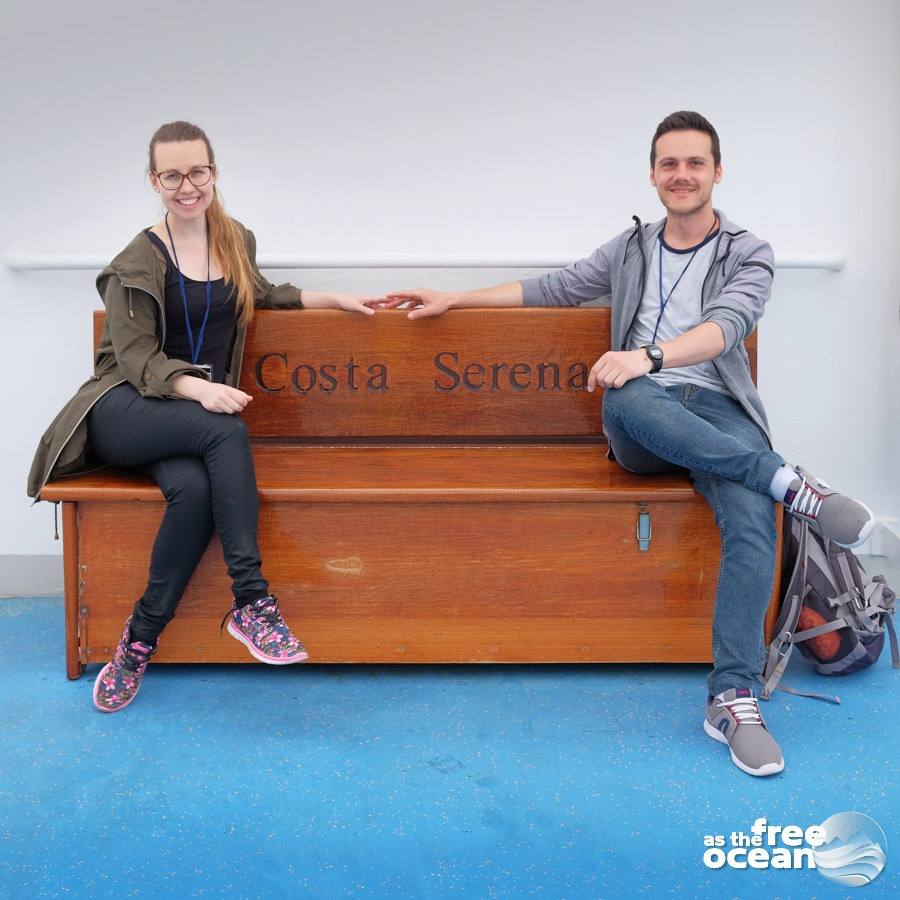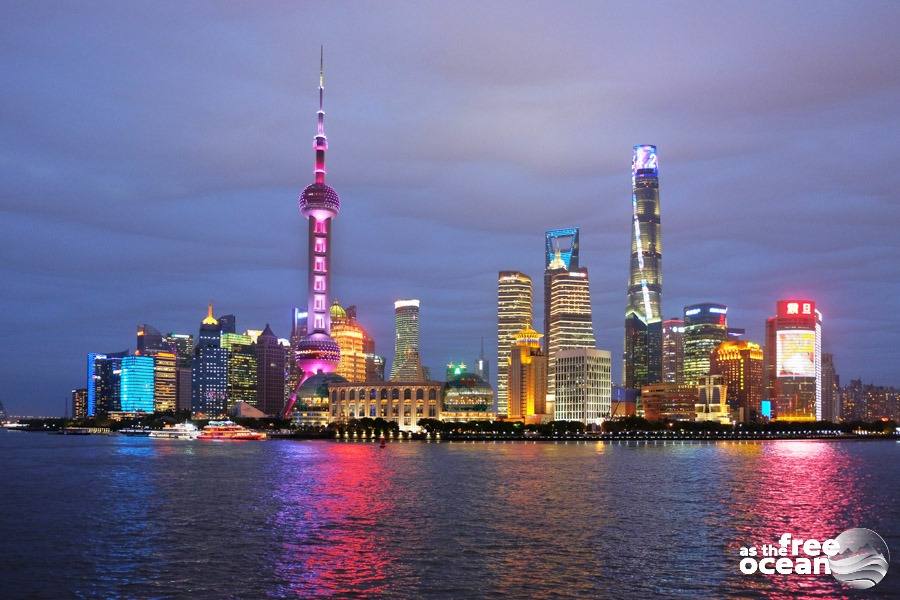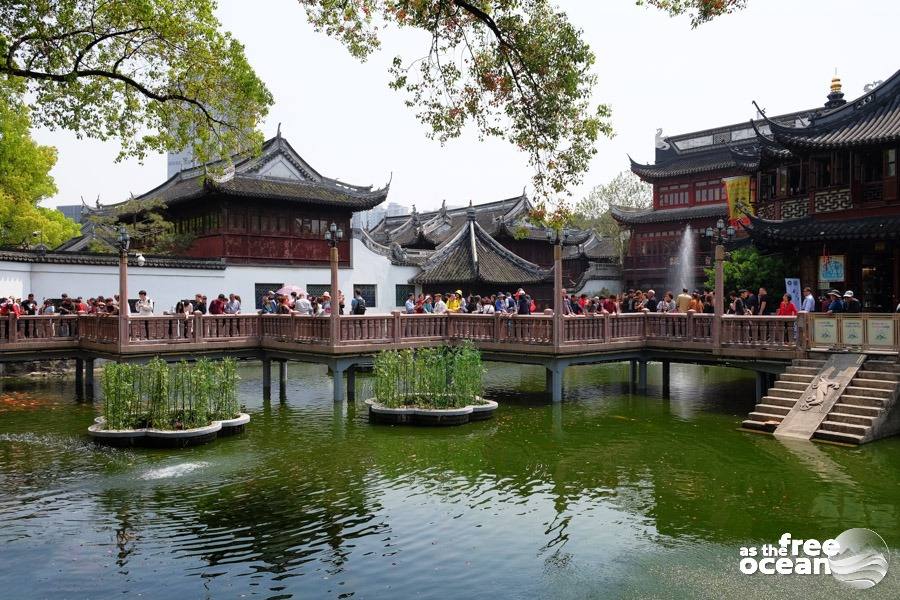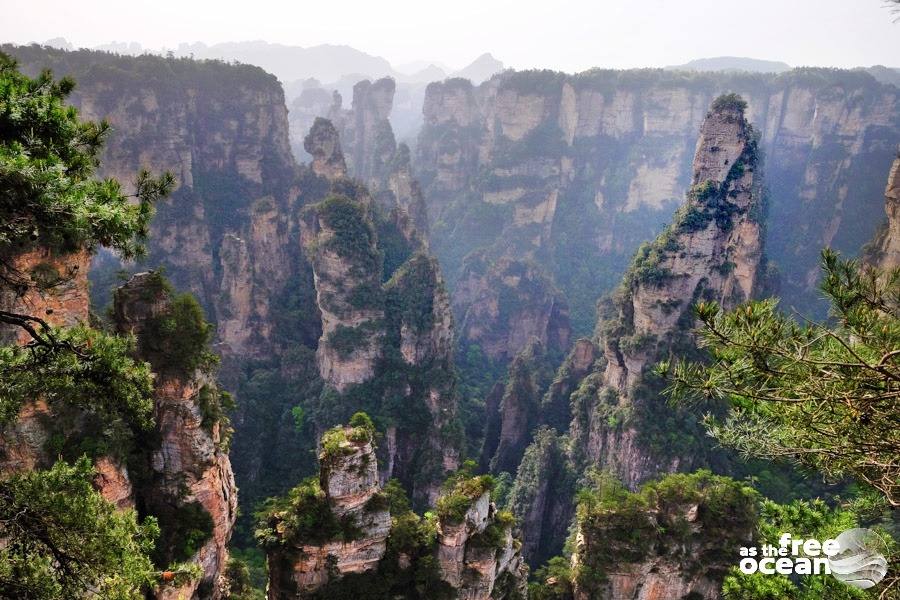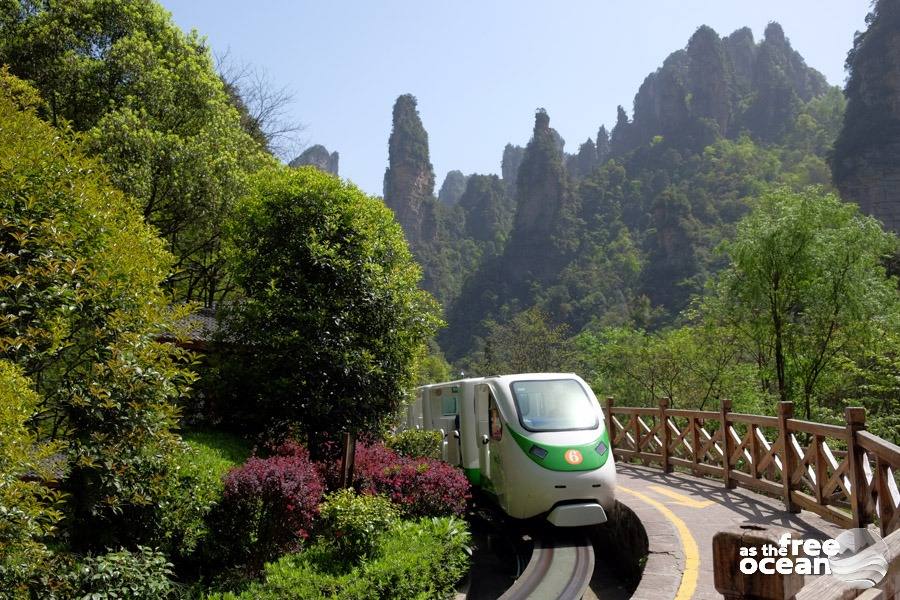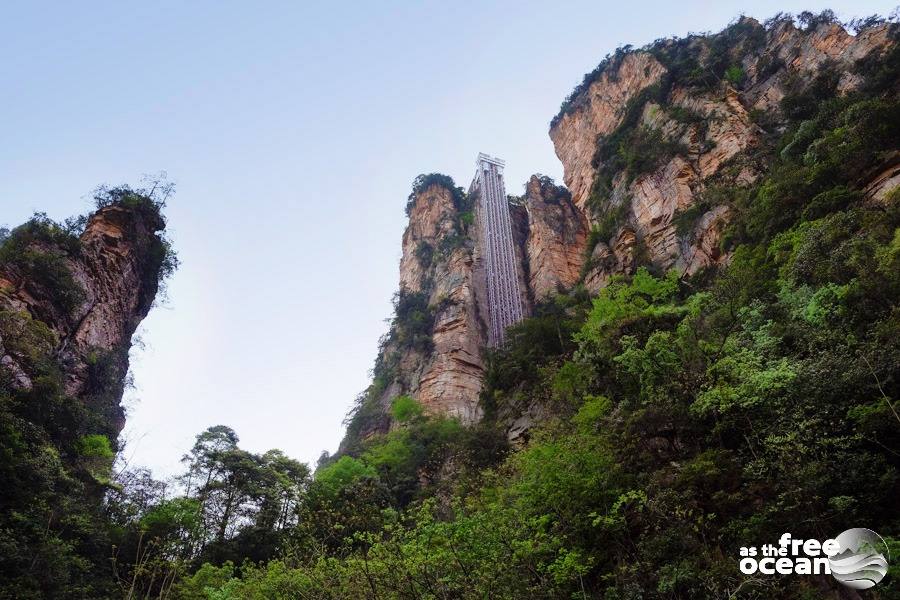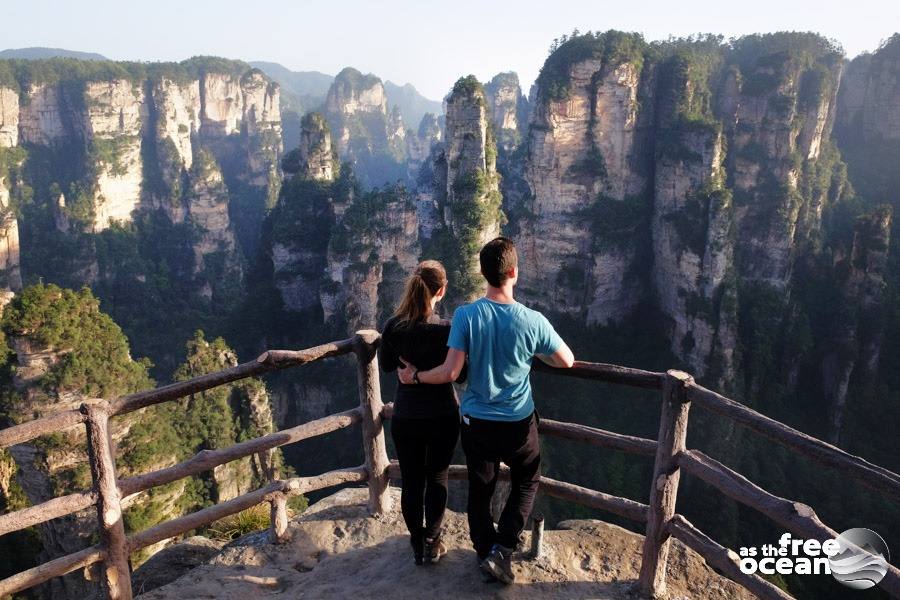When speaking of curious things in China, the first question that comes into my mind is: What is not curious about China? It is one of the largest and most diverse countries in the world.
During our one month in the People’s Republic of China we have seen so much of this beautiful country and experienced so many particular things, but we’ve been also quite surprised by some. Here you will find a list with them.
Fact # 1 Music everywhere
One thing we immediately noticed was that the Chinese like to listen to loud music. No matter where and whether someone feels disturbed by it. For example, during our hike in Zhangjiajie National Park we met several groups, that listened to loud music with their mobile phones. Generally speaking, it is not a big deal, but when you are out in nature and the volume of loud music is covering the chirping of the birds, it is a bit annoying. In trains or in the metro, as well as in many other public places, you might get the feeling that headphones have not been yet discovered in China. Also on long-distance trains, shortly before the train arrives at the destination, loud music will make sure that everyone is awake.
However, it was nice to see that in parks, during the evening, dances or sports exercises were being organized, accompanied by music, and everyone could join.
In China, you also find this kind of karaoke cabins.
Fact # 2 People
Another curious thing in China is the people. Before our trip, we have often heard that the Chinese are rude or that they would misbehave. We can not confirm that. For example, shortly after our arrival, a nice man helped us to find our hotel. He even escorted us to our hotel and assisted us during check-in without accepting any favor in return. And from that day we constantly met nice and helpful people.
Yes, some Chinese do spit, burp and fart, but that’s normal for them and just because we consider it as rude and disgusting, it does not mean that the Chinese do so as well. In the beginning, the hustle and pushing in crowded places bothered us a bit, but we learned quickly that it is often the only possibility to move around. It happened not only once that we missed the Metro because we waited politely until everyone got off the train, but weren’t offered a chance to enter due to the crowds. Travelers in China should be aware that there are different manners and the faster you accept them, the faster you can enjoy the beautiful things.
Fact # 3 Food
Chinese restaurants, which we know in the Western world are different compared to the restaurants in China itself. Despite the different and complicated to understand the alphabet, it is very easy to order food, as the menu usually comes with photos. We ate very often at small local street food restaurants. Here you can choose the ingredients without having to worry about things that you do not want to eat. We usually ate vegetarian food, because we couldn’t always be sure whether the chicken was really chicken or if it used to bark before landing on a plate… you probably know what we mean.
Fact # 4 Language
In China, there are approximately 300 different languages and dialects. The most spoken is Mandarin (70%) followed by Wu, Yue, Min, Jin etc. English is very rarely spoken. Therefore, it is absolutely advisable to use an offline translator (keep in mind that Google apps are blocked in China).
Fact # 5 Payment
Payments in China are done mainly with mobile phones. The online payment system Alipay allows the Chinese people to pay in restaurants, shops and for tickets. Even donations to beggars can be done with Alipay. As a tourist, it is wise to have enough cash as foreign credit cards are mostly not accepted for payments. On the other hand, ATMs are widely available, making it easy to withdraw money when needed.
Fact # 6 Time zones
The People’s Republic of China has a population of about 1,4 billion. It is the country with the highest number of inhabitants and the fourth largest by area, almost as large as Europe. But here comes the interesting fact, there is only a one-time zone. Very practical, don’t you think?
China has the time zone UTC +8, which is the zone in which the capital Beijing lies. Actually, China extends over 5 zones, but since 1949, there is only one time. This rule was established by the Communist party at the end of the civil war. The largest time difference to other countries is at the border with Afghanistan, with 3.5 hours difference.
Fact # 7 Be ready to become a photo model
It is certainly nothing new that the Chinese love taking pictures everywhere. However, it was new for us that we had to be in these photos. We were asked many times if we could pose for a selfie with them. What we found disturbing was that many photos of us were taking secretly, which is typical for China, so you better be prepared to accept it.
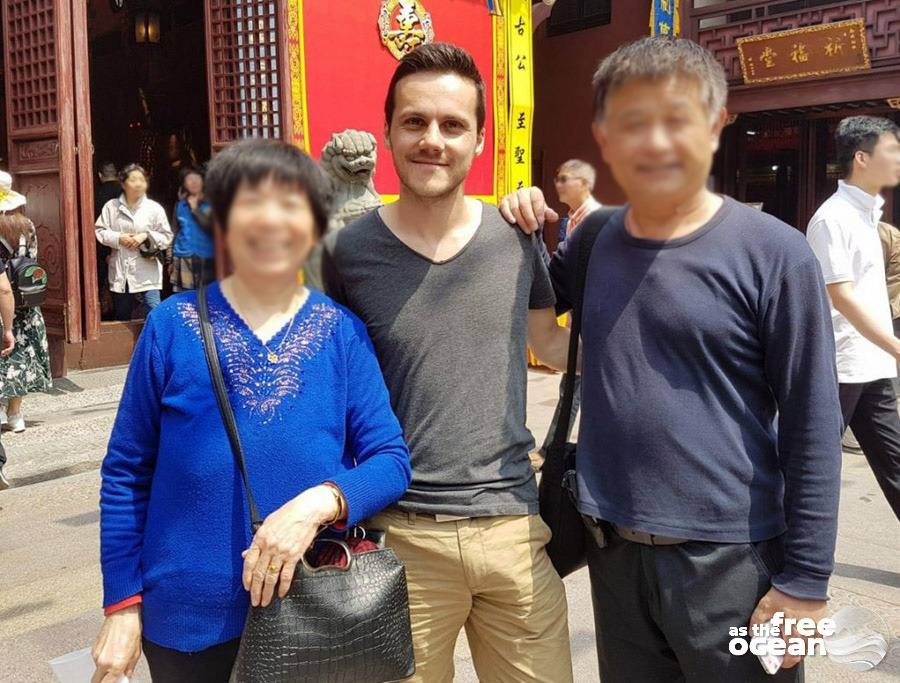
Fact # 8 Scams
In large cities like Shanghai or Beijing, we saw a lot of information about scammers. Unfortunately, there are not only nice people in China, but, luckily we weren’t victims of any of these scams, but we find it still important to let you know about it.
The most popular is when tourists are being approached by very friendly, well-looking, English-speaking Chinese and offered free sightseeing or guided tours. After an invitation to a restaurant or tea house will follow. One of these persons will order for everyone without showing the menu to the tourists. You might think a tea does not cost a fortune, but as soon as the bill is presented, tourists might get the shock of their lives. The bill will probably have an amount of several hundred euro and the tourist will be forced to pay that.
Fact # 9 Attention, special content !!!
Have you ever seen the signs in toilets showing a person sitting with the feet on the toilet seat? This is partly indicated for Chinese. It is because in this country, there are almost exclusively squat toilets, partially not even with a door, but with small view protection, that offers zero privacy. It is not only in China like this, but here we found Western toilets to be extremely rare. I personally do not consider it a bad thing, since it is more hygienic. Still, I have to say that China is not the cleanest country that we have traveled in.
It is very surprising how this topic is handled. Some Children, for example, wear pants with slots, so that, when nature calls, they can always and everywhere do their needs. Parents will not bother bringing them behind a bush or a special place. No, sometimes they would even stop right in the middle of the street leave their little “human traces” behind.
An important thing to mention is that there is no toilet paper in most of the toilets, sometimes not even in the hostel or hotel, so make sure you always carry some with you.
The list of unusual things could be longer, but these were the ones that we witnessed. Probably exactly these things and experiences made our stay as memorable and unique as it was.
Have you ever been to China? If yes, how would you describe your experience? Leave a comment or send us a message, we are very excited to hear what you have to tell.
Do you want to see more photos of China? Click here.

